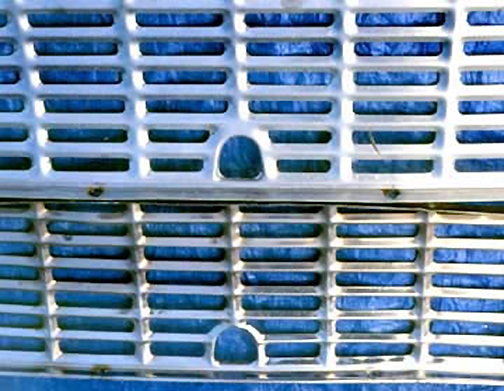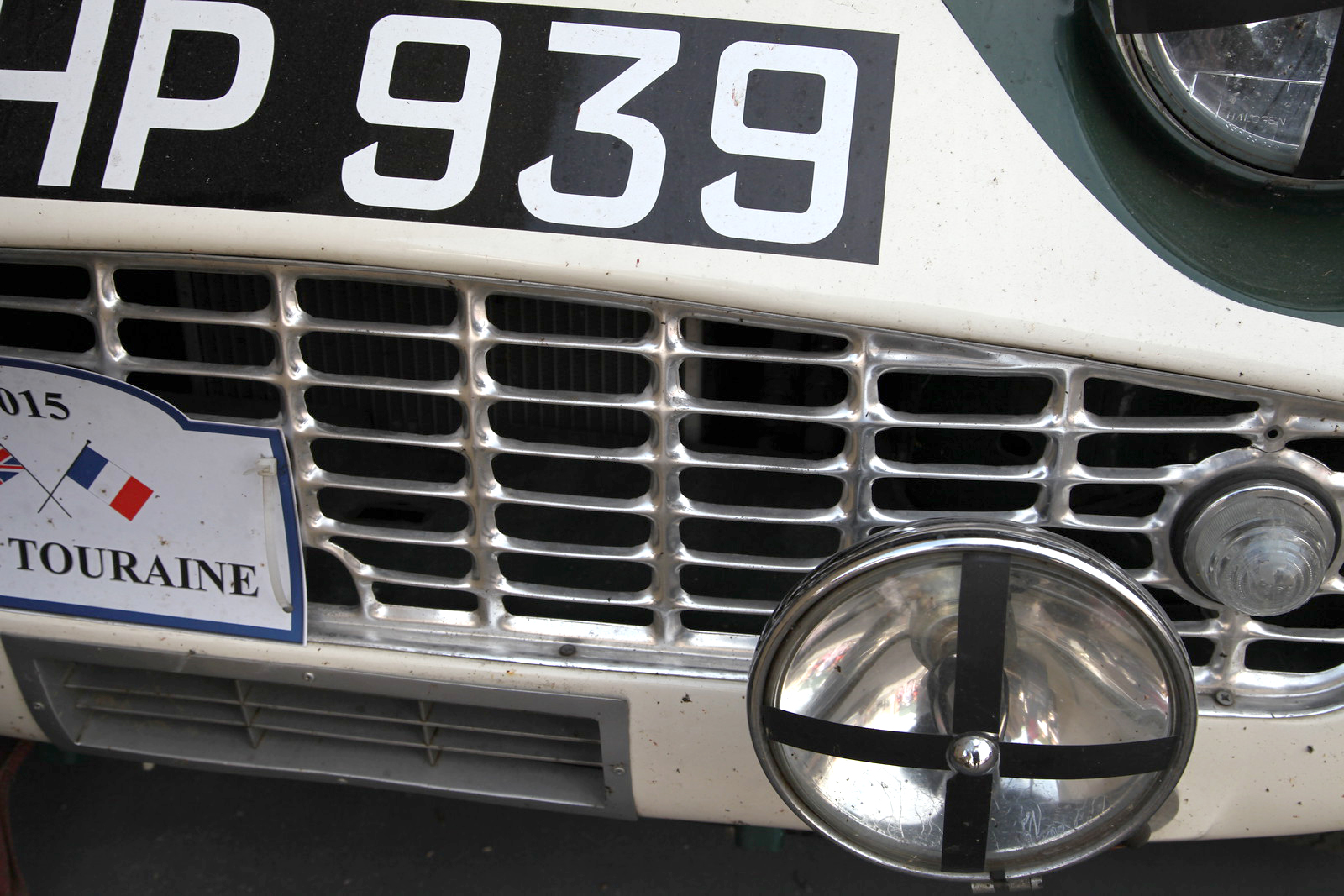
LINKS TO FEATURED PAGES:
![]() TRIUMPH Contents
page > FAQ Contents > TR3
overheating
TRIUMPH Contents
page > FAQ Contents > TR3
overheating
|
QUESTION- I just got my recently restored TR3A back on the road and it overheats easily on hills and driving on warm days. I checked everything I can think of but the car still overheats easily. ANSWER - Many people who restore their TR3A discover that it tends to overheat more easily after the restoration than before. Then they check and recheck everything they did paying particular attention to the radiator bypass and thermostat. Some possibly swap in a different water pump and recore their radiators to no avail. The biggest single cause of overheating problems I have found so far in a restored TR3A is the available replacement grille. They seem to use the same amount of metal in the replacement grille and originals, but do not fold the 'V's as deeply in the replacement grills. The result less area for air to flow through and more edge interference to the air flow. The after market grill has holes 7.2 cm (2.83 inches) by 1.3 cm (.51 inches) for a 9.36 cm^2 (1.44 square inch) opening. The factory grill has holes 7.7 cm (3.03 inches) by 1.6 cm (0.63 inches) for a 12.32 cm^2 (1.91 square inch) opening, providing 24% more area for air to flow to the radiator.
Return to the FAQ contents Return to the page top
|
|
© 1997 - 2017 TeriAnn Wakeman. All rights reserved.


